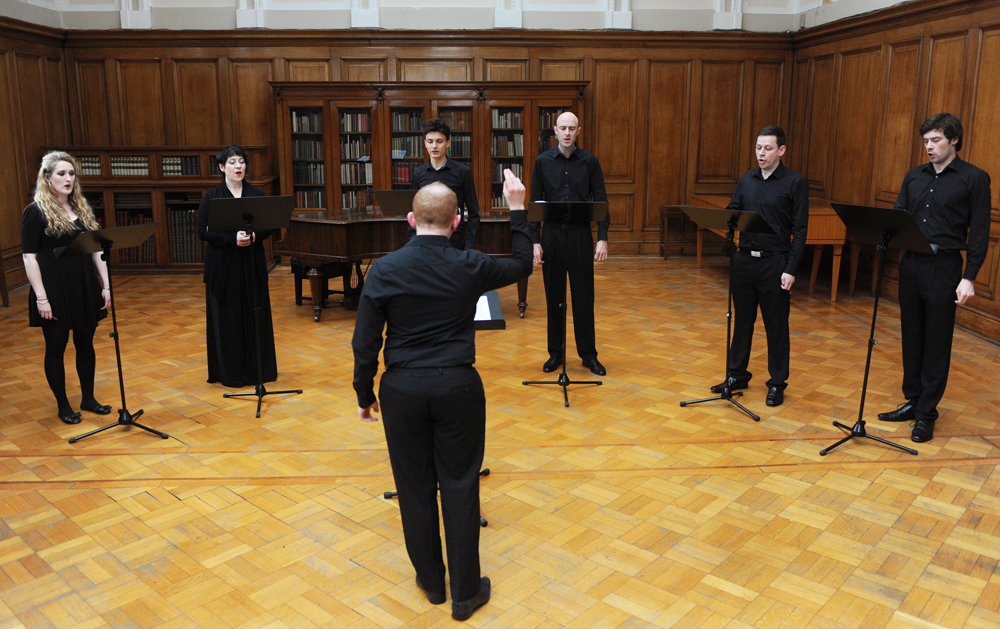Janice Kerbel is a planner. She dreams up plots—criminal heists, plans for cities, imaginary sporting events—and begins working rigorously, often over the course of years, to make them plausible. Born in Toronto, Kerbel first studied cultural anthropology at the University of Western Ontario before moving into fine art at the University of British Columbia and, later, at the Emily Carr Institute of Art and Design. Kerbel then moved to England, where she is still based, in the late 1990s to complete her MFA at Goldsmiths College.
In her first major project out of school, Kerbel demonstrated all of the facets that continue to mark her work: a deep investment of months, if not years, of research, only to lay plans that are ultimately unrealizable. Her works pull from wide-ranging references including botany, architecture and sports, but a preoccupation with detail and a careful toying with fact and fiction unite them.
It’s an approach that has served Kerbel well. In the past decade she has garnered commissions from public-art organization Artangel, institutions including Chisenhale Gallery and Badischer Kunstverein in Karlsruhe, and exhibited at galleries including Tate Britain, the ICA London, Kunsthalle Wien and the Whitechapel Art Gallery. Of course, her biggest coup to date is her nomination for the 2015 Turner Prize.
Ahead of Kerbel’s talks in Toronto on October 20 and Vancouver on October 22 for the Canadian Art Encounters: International Artists Series, we’ve gathered together some of her most indicative work to unpack her detailed practice.
Bank Job (1999)
After graduating from Goldsmiths, Kerbel began working at Coutts and Co., a British bank, as an architecture student—or so it seemed. During her yearlong stint, Kerbel devised a detailed plan to rob the bank. She then presented these instructions written out on a wall in the work Bank Job, and later published them as a bookwork 15 Lombard Street in 2000. Of course, in releasing the details of the plan, Kerbel effectively invalidated it, putting the perfect crime out of reach yet again.
Deadstar (Ghosttown) (2007)
Kerbel’s fixation with mapping becomes visible again in Deadstar (Ghosttown), which involved the complex invention of “ghost town” inspired by a residency Kerbel attended in Wyoming. During this time, Kerbel studied town planning, local topography and ghost stories. Her invented ghost town, which was elaborately mapped out in a large copperplate photogravure etching, has a twist: rather than simply being inhabited by ghosts, Kerbel quite literally designed the city for them.
Nick Silver Can’t Sleep (2006)
This radio play, produced by BBC Radio 3, features an elaborate cast of characters: all are nocturnal plants. The two star-crossed lovers are Nick Silver (Nicotiana sylvestris), “a nocturnal subtropical perennial in bloom,” and Cereus Grand (Selenicereus grandiflorus), “an exotic climbing perennial who blooms just one night a year.” Like all good love stories, this one is doomed from the start.
Ballgame (Innings 1–3) (2009)
Kerbel drafted commentary for a fictional baseball game for Ballgame (Innings 1–3). As with her other projects, this piece made the fictional plausible through minutiae-heavy research, but, while Bank Job and Deadstar (Ghosttown) then exist in the realm of the extraordinary, the game detailed in Ballgame (Innings 1–3) is entirely mundane. Far from a perfect or idealized example of baseball, it plays like an ordinary one.
DOUG (2013)
You really had to be there for this one. At Glasgow’s Mitchell Library, Kerbel had six singers perform a 25-minute, nine-movement piece about a decidedly unlucky protagonist (the titular Doug). Kerbel’s lyrics take the form of a series of poems outlining a sequence of events going from bad to worse, summed up in the line: “I knew this guy once named Doug. Man, did he have some luck.”
No recording of the original performance was released, and it initially seemed as though the piece was a one-time affair. However, DOUG is being performed daily at the Tramway in Glasgow for the 2015 Turner Prize exhibition. (For Canadians who can’t drop by, Kerbel’s current exhibition at Catriona Jeffries Gallery riffs on DOUG with a series of silkscreen prints that use typographic conventions to score music.)









